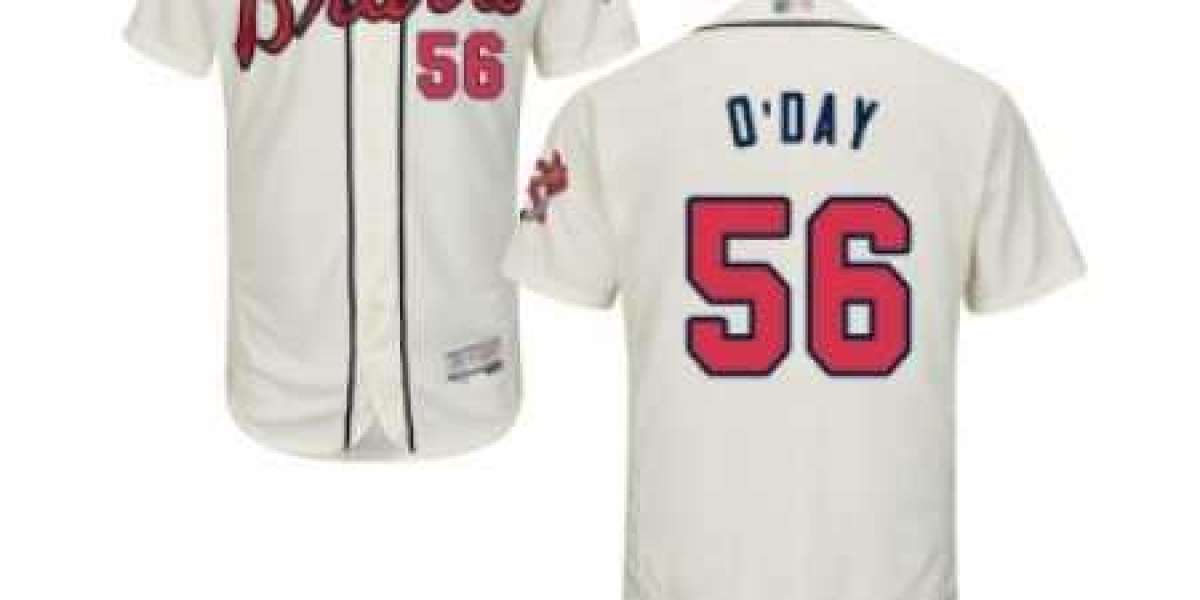Flexible colored polyurethane foams are revolutionizing the design and functionality of consumer products, from furniture to automotive interiors and packaging. These versatile materials not only offer comfort and flexibility but also add aesthetic appeal through vibrant color integration. As a result, they are in high demand across industries seeking lightweight, customizable, and durable material solutions.
Polyurethane foam, in its flexible form, is characterized by an open-cell structure that allows for elasticity and cushioning. When enhanced with pigments and dyes, it becomes more than just a functional component—it transforms into a design element. The availability of multiple colors allows manufacturers to create products that align with branding or interior themes without needing additional fabric or cover layers. This streamlines production and adds a level of visual coherence to the final product.
One of the major applications of flexible colored polyurethane foams is in the furniture industry. Cushions, mattresses, and seating components use these foams not only for their supportive properties but also for their ability to match or complement upholstery. In automotive manufacturing, colored foams are employed in seats, headrests, armrests, and dashboard padding. Their ability to absorb impact and retain shape enhances both safety and comfort, while their coloration supports modern, stylish vehicle interiors.
The use of these foams in packaging is another area of significant growth. Custom-cut colored foams are used to encase fragile electronics, luxury items, and tools. The aesthetic impact of colorful foam inserts enhances product presentation, making them ideal for retail displays and unboxing experiences. Flexible polyurethane foams can also be anti-static, flame-retardant, or chemically resistant, broadening their use in industrial and high-tech sectors.
From a manufacturing perspective, flexible colored polyurethane foams are valued for their adaptability. They can be molded, cut, laminated, and bonded to other materials. Producers can fine-tune their density, firmness, and color intensity to meet the precise needs of different applications. Moreover, new developments in eco-friendly polyurethane formulations—including those incorporating bio-based polyols—are helping reduce environmental impact, further increasing the appeal of this material in sustainable product development.
While polyurethane foam itself has come under scrutiny for its recyclability, progress in foam recovery and upcycling technologies is addressing these concerns. Efforts to make foams more environmentally friendly—without compromising performance or aesthetics—are driving research and innovation within the industry.



